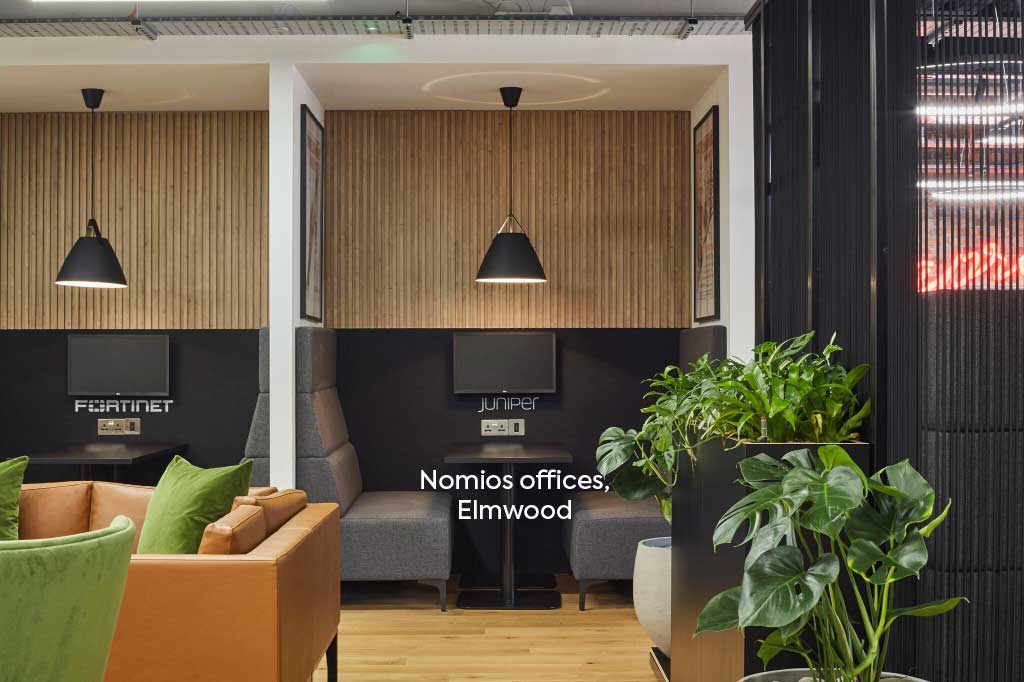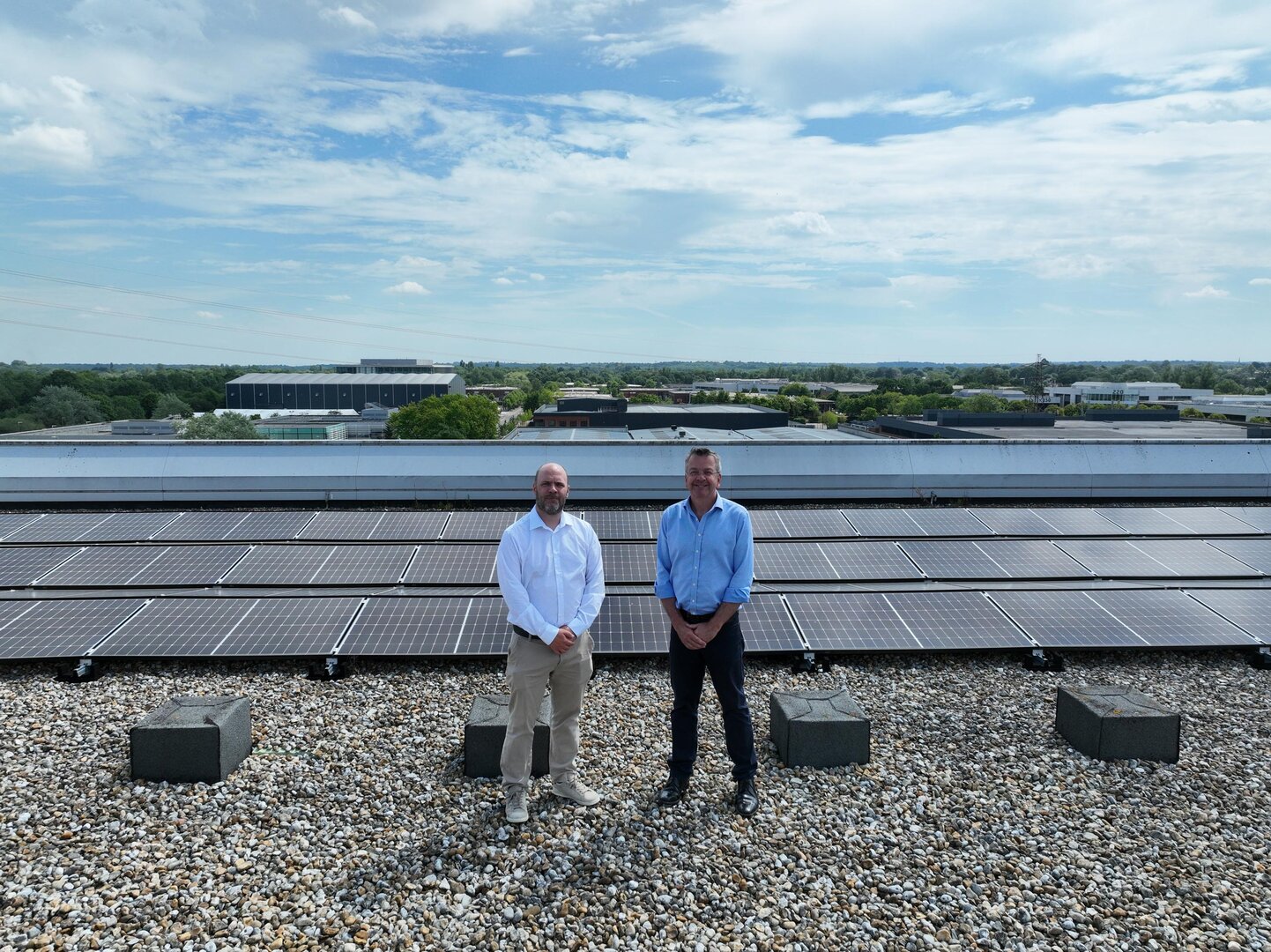The office is much more than just a physical space where employees clock in and out. It’s an extension of a company’s brand, playing a critical role in how that brand is perceived.
As such, the office can profoundly impact a brand’s image, from aesthetics and layout to the overall work culture fostered within its walls. In this blog, we explore how to succeed in making your office space an extension of your brand.
Brand Perception: the psychology of office spaces
An office environment is often the first real, tangible touchpoint that external stakeholders have with a company’s brand. From the moment they step into the office, their perception of the brand starts to form based on the aesthetics, layout, and ambience.
Office spaces that mirror a company’s brand attributes can effectively convey its values and vision. For example, a tech startup might choose an open-plan office with modern decor to reflect its innovative and forward-thinking nature. Conversely, a law firm might opt for a more traditional, private office layout to convey professionalism and confidentiality.
Creating a consistent brand identity: aligning physical and visual brand elements
Incorporating brand colours, logos, and other visual elements into the office design helps create a cohesive brand identity. Think of Google’s offices, where their logo’s primary colours are sprinkled throughout the workspace, creating a strong and consistent brand representation.
Strategically placed brand signage, coupled with a consistent colour scheme and design aesthetic, can subtly reinforce the brand identity to both employees and visitors. This physical manifestation of the brand can foster a deeper connection to the company and enhance brand loyalty.
Fostering a positive work culture through office design: spaces for collaboration and creativity
The layout of an office influences how employees interact and collaborate. Open-plan offices, breakout rooms, and communal areas can foster a culture of open communication, creativity, and collaboration.
Designing flexible spaces for brainstorming and idea generation is another strategy for nurturing a creative and innovative work culture. These spaces can range from comfortable lounges to dynamic, movable furniture configurations.
Furthermore, when an office design promotes a sense of community and shared purpose, it creates a positive work environment that can boost employee morale and productivity, in turn benefiting the overall brand image.
Enhancing employee well-being and productivity
An office space prioritising employee well-being can positively impact productivity, ultimately influencing the brand’s perception. Ergonomic furniture, sufficient natural lighting, and well-ventilated areas can create a comfortable and healthy working environment.
Incorporating wellness elements like indoor plants, relaxation zones, or even wellness rooms for meditation and yoga can help reduce stress and increase job satisfaction. Research shows a clear relationship between employee satisfaction, productivity, and office design.
The future of office spaces and branding
The rise of remote work and hybrid models has challenged the traditional role of physical office spaces in brand perception. Despite this shift, the importance of maintaining brand consistency remains.
Companies are now rethinking their office design to accommodate hybrid working, providing flexible workspaces that can be adapted based on need. This involves physical changes and integrating digital tools to create a cohesive brand experience for both in-office and remote workers.
As we move forward, office spaces will continue to evolve, but their role in shaping brand perception will remain crucial to a company’s success.
Modern office space in Chineham Park
Chineham Park is an 815,000 sq ft mixed-use business park located in Basingstoke with a wide range of offerings comprising units from 160 sq ft to 93,000 sq ft. To learn more, get in touch with us today.









